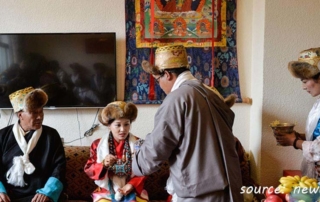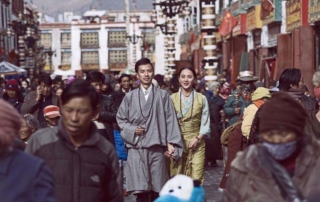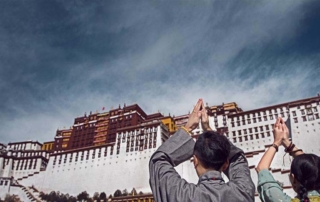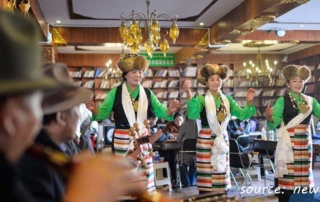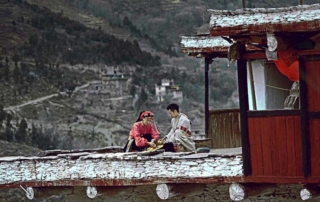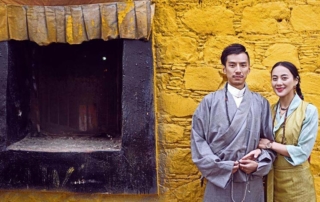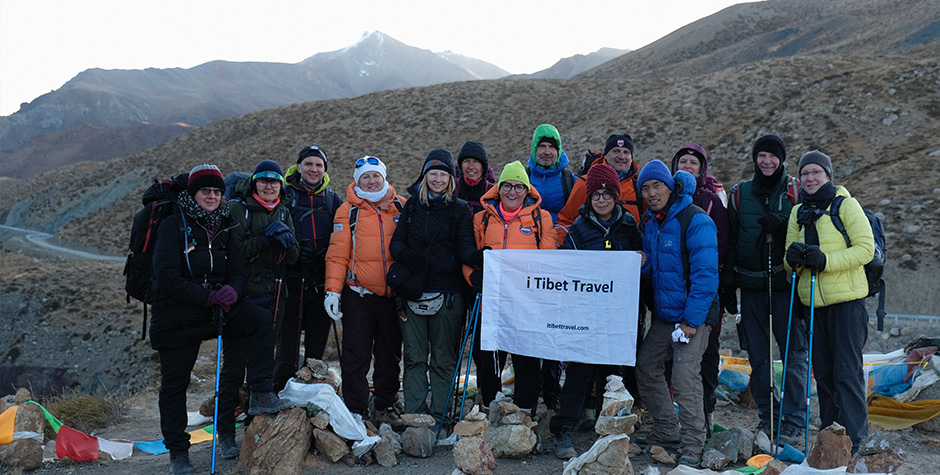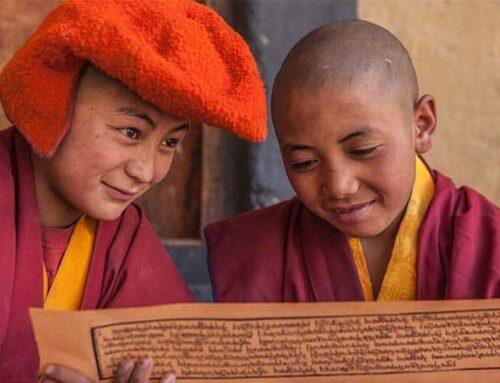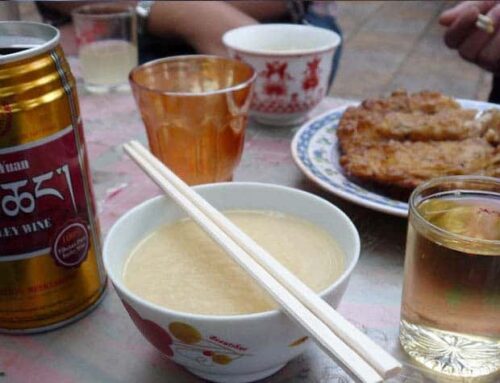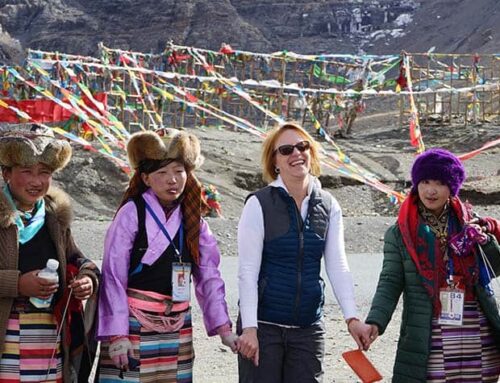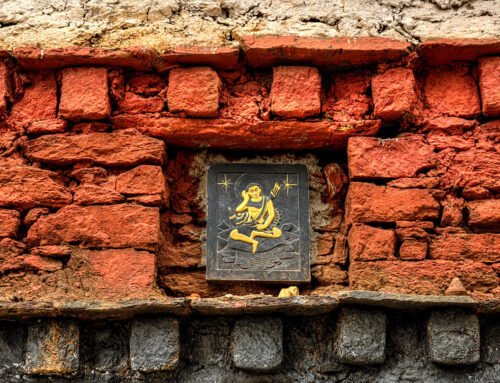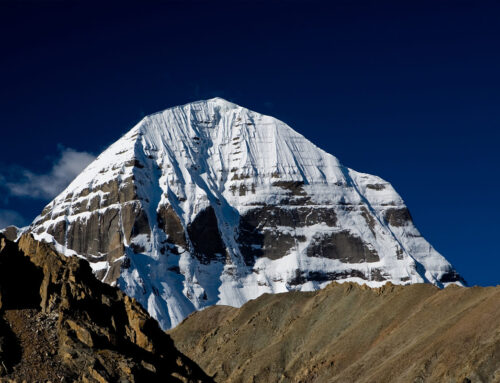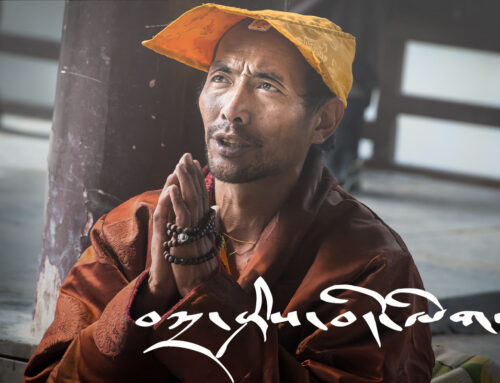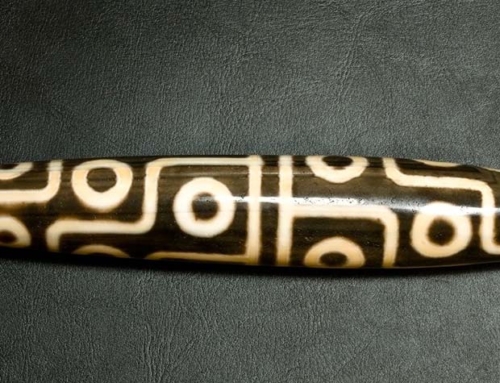Tibetan marriage customs and ceremonies are mainly influenced by your source close connect environment and belief systems. Tibetan marriage is one of the primary social institutions in Tibet. The practice of polyandry is prevalent in rural Tibet. Yet, in the urban areas, the practice of Monogamy is more prominent. Therefore, our marriage system has more closely associated with the social aspect of our life rather than a religious life. Traditionally all the marriages are arranged by older members of the family members.
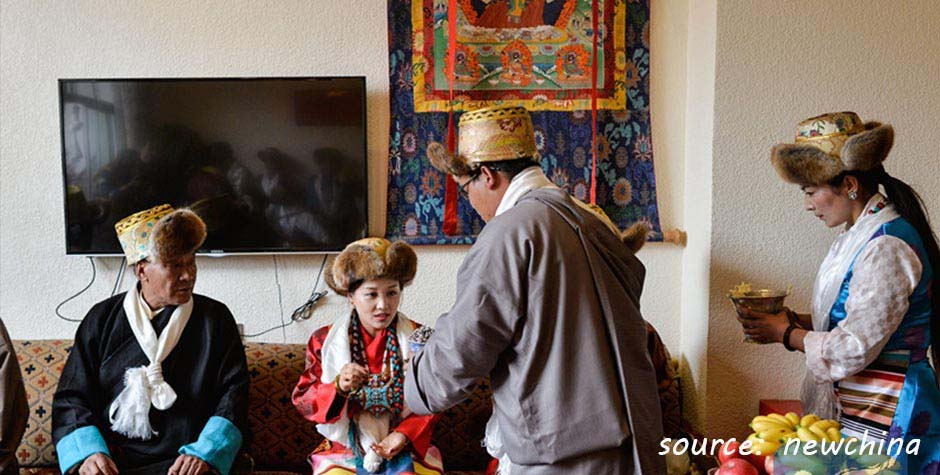
Our traditional Tibetan marriage would be of four stages; Matchmaking, bride-fetching, wedding and bride’s returning home.
Stages of Traditional Tibetan Marriage custom
Matchmaking
The most important and most complicating part of our Tibetan marriage customs is Matchmaking. Every household has an elder member taking responsibility for all the other members of the family member. Without their permission, no one will make a big decision in their life. We also believe that our elders have better wisdom in life. Therefore, their decision to marrying into a family is important for one life.
So once when a girl liked a boy, or a boy liked a girl. They would ask their elders to go and talk to other family members if the family does not know each other. They would ask a common friend for both families to be the bridge.
Then the elder of initiating ( usually a boy family) would visit the other family bringing gifts, tea, and Tibetan beer. If the opposite family accepts the gift, it is a good indication that the proposal would accept the proposal.
Yet, the decision of the marriage would not make immediately. They would discuss it with a family member and consult the oracle for the prediction. While making a final decision, the family orientation would consider. The Caste and religion of both families would be considered.
Once when the decision is made. The elder from both families would gather in the girl’s house and decide about the marriage. After this, the boy family would put an arrow wrap in a different colour cloth to mark her already engaged. It is like an engagement ring in western culture.
Bride-fetching
The second stage of our marriage is the bride fetching. The time of the bride fetching differs with distance to the boy family. Suppose there are both in the same locality. The boy’s party would come to get the bride on the morning of the marriage.
The bride fetching party will be all males friends and family members. One elder would come to as a chief representative of the boy family to announce they are taking their bride. They will also bring the wedding dress made by the boys family, and the bride will have to wear it for the marriage.
After the bride wears the wedding dress, the family priest will perform a ritual to bring in a new family. She will be her friend or sister, to be with her for the entire wedding ceremony. The boy’s party will take the bride and bride friend with them.
During the bride’s procession leaving home, the oldest lady in the family would go to the rooftop of the house, and she will shout, “don’t bring our good luck charm”. She will be holding the arrow warp in five colour cloths.
The girls family member would go to the wedding venue at a different party. It is a must for the girl’s parents to be present for the wedding.
The wedding
The Tibetan marriage ceremony begins as the girl, and her friend would enter the boy’s house. The local people of the village would sings and dance as she walks towards the new family.
The new family would welcome her to the house by offering her Chang Tibetan beer and offer a bowl full of tsampa, which pinch a bit and places it on her forehead and prays. She will then throw it into the air as an offering to a god. While others are busy in the welcome procession, they will be an older woman from this family, shouting on the rooftop to bring the good luck charm to this family.
As the girl enters the house, she and her husband make prostration to the family altar and offer Khata (a white scarf). They will then sit in order. First, the boy’s parent would sit, then the new couple and then the girl’s parent would sit. after this, all the family and friends will come in line to offer a white scarf and give the gifts to the new couple and their parents.
Unlike other marriages customs, we often say our Tibetan marriage custom is more like family marriages than an individual marriage. After the marriage, both families are emotionally bonded together and would often meet and offer to help. The wedding ceremony itself will last from one to three days.
Usually, the Tibetan marriage ceremony itself will last from one to three days. Usually, the first day is open to the public. The second day is usually for close friends and relatives, and the third day is usually for the family members.
Returning Home
Bride returning home is the final stage in Our Tibetan marriage custom. It usually happens after three or six months after the formal wedding day. First, the bride family will prepare for her return by preparing everything their daughter would love to eat and wear. Then, in a technical sense, she returns her home to tell her parent everything is well there and she is going well.
After the first child’s birth, both mother and the child will stay in her parents’ house for the first month. The family then move to her husband’s house after visiting a local temple for blessing. For example, in Lhasa, it is common for people to take their children to the audience of Jho Rinpoche in the Jokhang temple.
Some fact about Tibetan marriage customs which outsiders would find weird.
- Our marriage is not only a marriage of a husband and the wife. Rather is a marriage between two families.
- We practice arranging marriages. In some cases, the bride sees her husband for the first time during the marriage.
- Consent of the elderly member of both parties is essential.
- But the bride and groom may meet and fall in love and start all the process with their initiatives. So nowadays, all the bride and broom would be in relation for some time, and they initiate the entire marriage process.
Polyandry, monogamy or Polygamy
In rural Tibet, the practice of Polyandry marriage is practice. The reason is to save Human power resources and prevent the division of family wealth. In this marriage once when the bride moves to her in-law family. She becomes a common wife to all the brothers. Yet the eldest border is as her real husband, and all the children will call him the father. Rest are called uncle even if younger brothers father them.
In an urban setup, Monogamy marriage is predominant. However, these marriages are mainly based on the love affair between two parties rather than two families.
Traditionally, the practice of Polygamy is practised by the high Lama lineages and Noble families. This is to ensure the continuity of their heritage. Therefore, only the son will heir their fathers, and Son is a must to continue the lineage.
Travellers Guide to Tibetan Marriage
When you are travelling to Tibet, you will most likely be able to crash into some wedding. Ask your guide and Tibet travel agency people if they knew anyone getting married while you are in Lhasa, and maybe you can get an invitation.
The above post is base on my local experiences. Yet, there are many other traditional ways to marriage custom, and we will be writing more about the other marriage custom and wedding ceremonies in Tibet.
I Tibet Travel & Tours is a local travel agency in Tibet that offers unique and authentic experiences to travelers from all around the world. As a leading tour operator in Tibet, we provide high-quality Tibet Travel services that are tailored to our clients’ needs and preferences.
Our team of experienced and knowledgeable professionals strives to ensure that our clients have a hassle-free and memorable Tibet Tour. We specialize in various types of tours, including cultural tours, trekking and hiking tours, and adventure tours.
Our commitment to providing exceptional service has earned us a reputation as one of the best local travel agencies in Tibet. Contact us today to plan your unforgettable trip to Tibet.
Explore Tibet with a local Tibetan Travel Agency
If you’re looking to explore Tibet, starting your journey with a reputable Tibetan travel agency in Tibet is crucial. Tibet Travel & Tours is a great choice to begin your adventure with their extensive knowledge of the region and commitment to responsible tourism.
Their Tibet tour packages cater to a range of interests and budgets, making it easy to plan a trip that suits your needs. Before embarking on your tibet tour, it’s essential to have the right Tibet travel information and necessary documents, including a Tibet travel permit.
The Tibet Travel Planner provided by i-Tibet travel is an excellent resource to plan your trip, including tips on what to pack, where to stay, and what to see.
For beginners, the “About Tibet” guide provided by i-Tibet travel offers a comprehensive overview of the region’s history, culture, and top attractions. So, start your Tibet travel plan here with i-Tibet travel and discover the magic of Tibet for yourself.

